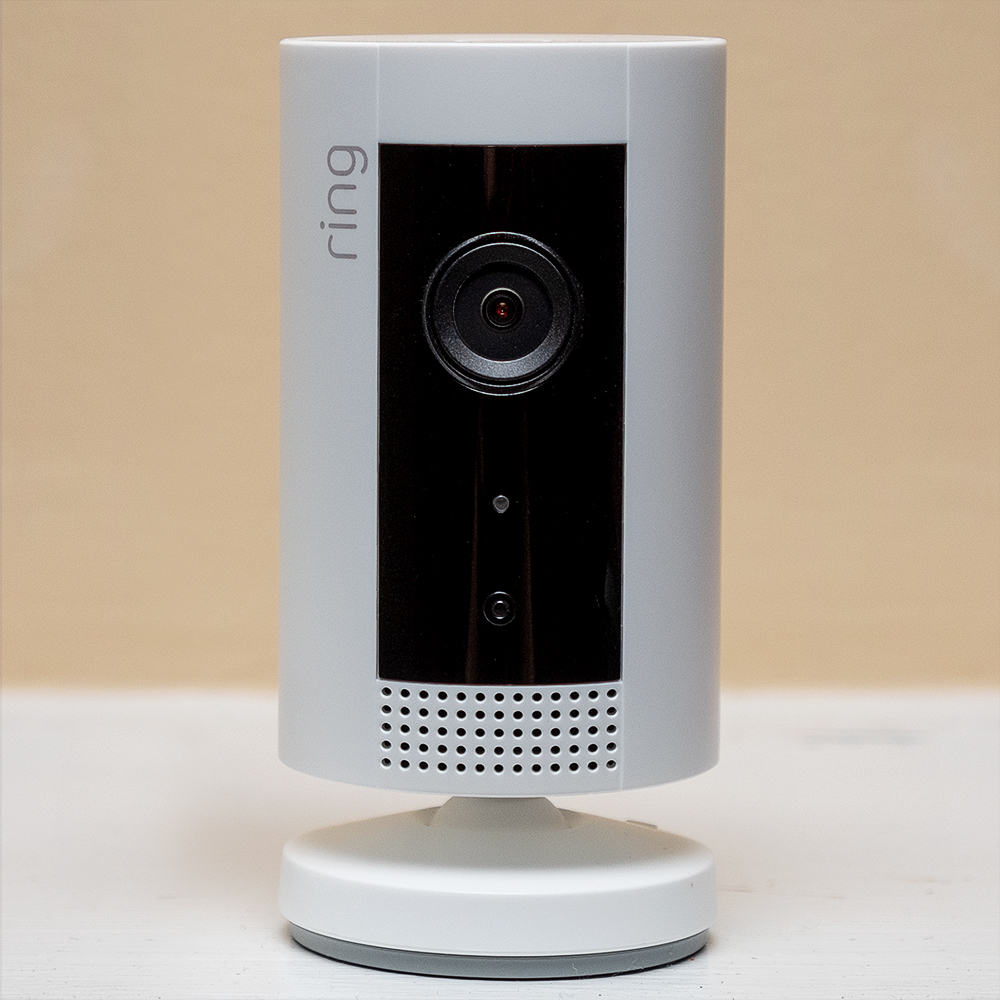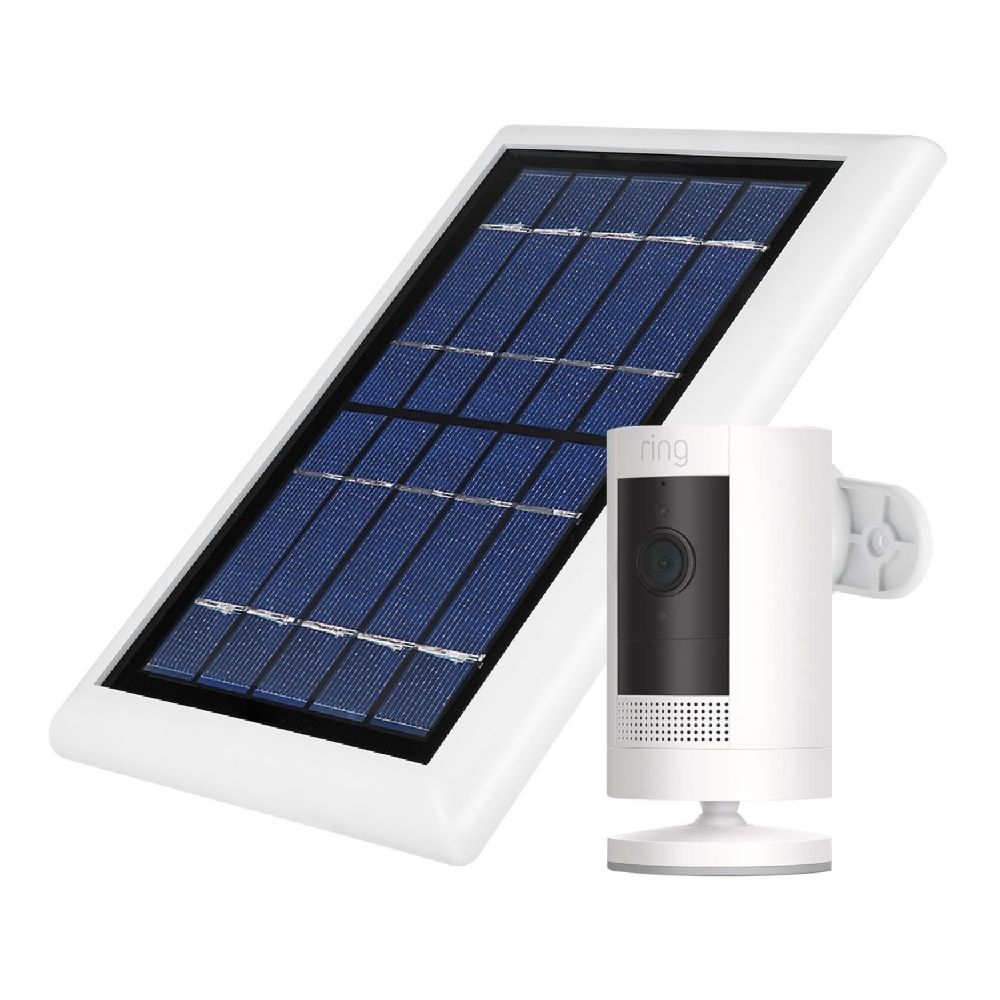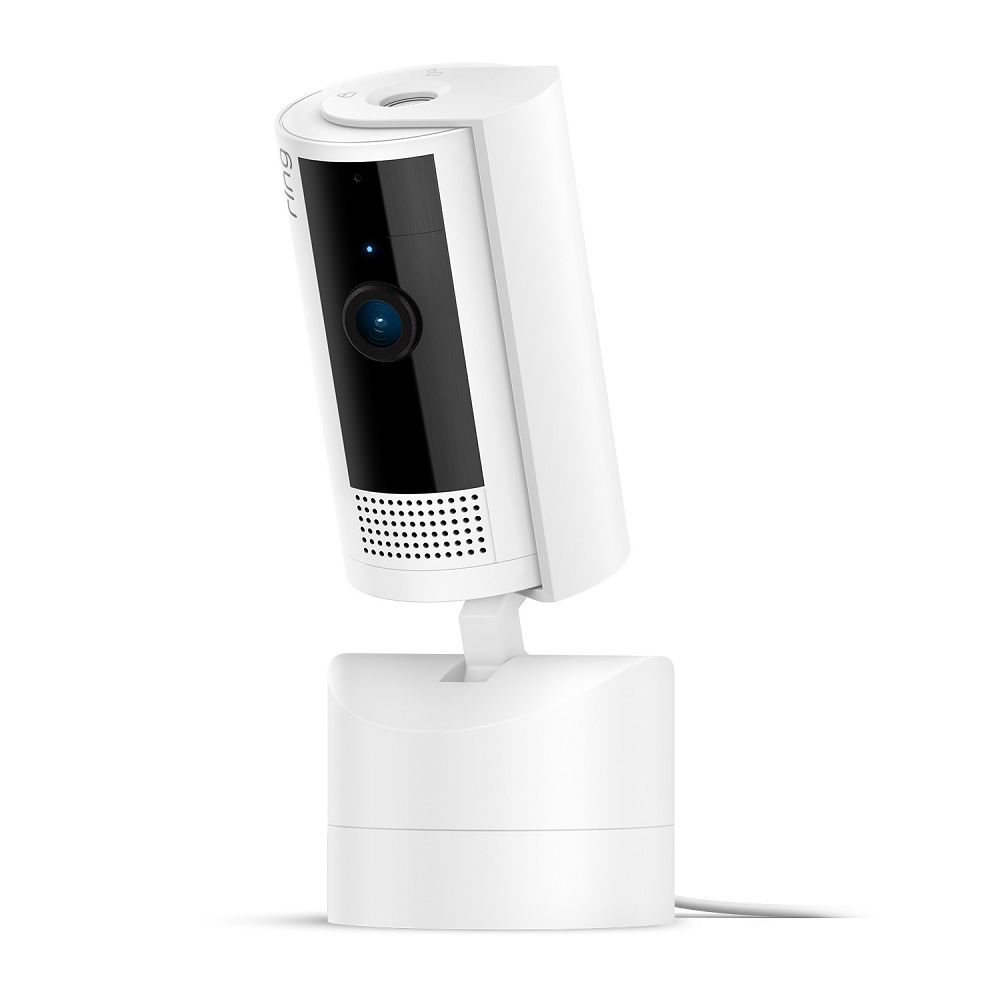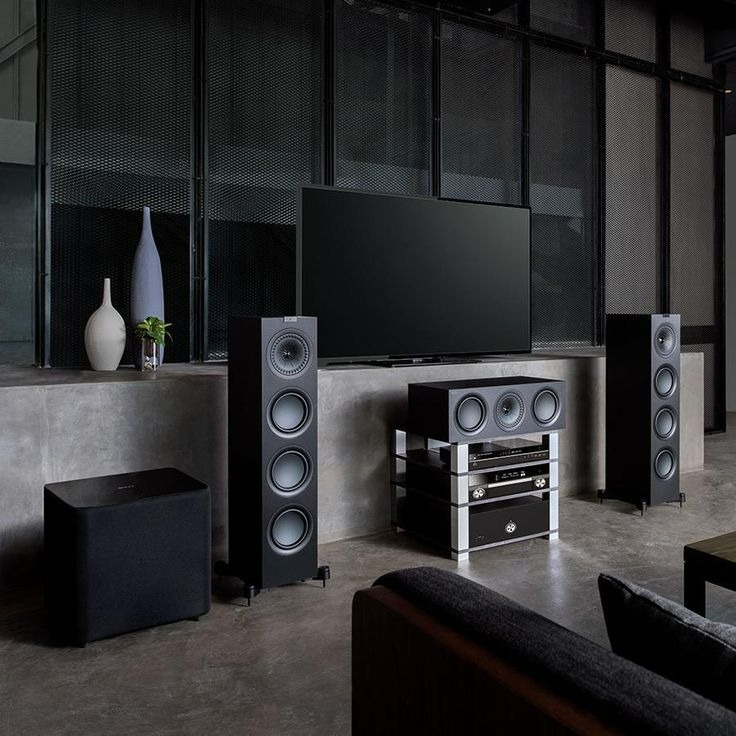Introduction to Ring Cameras
Ring cameras have become immensely popular in recent years. They provide homeowners with a sense of security through continuous monitoring and recording. If you wonder whether Ring cameras record, the answer is yes. However, the recording feature comes with several nuances and options that users should understand to leverage these devices fully.
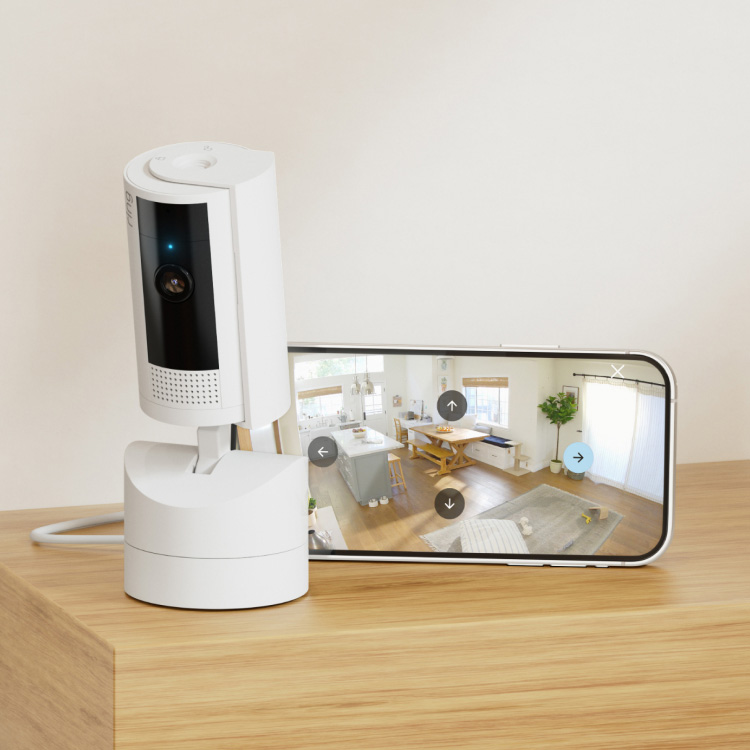
Home security has evolved significantly, and Ring stands at the forefront of this transformation. With their easy installation, smart features, and seamless integration with other devices, Ring cameras have revolutionized how we protect our homes. This article will delve into the recording capabilities of Ring cameras, explaining when and how they record and what users can expect in terms of storage and accessibility.
How Ring Cameras Record
Continuous vs. Motion-Activated Recording
Ring cameras primarily use two recording methods: continuous recording and motion-activated recording. Understanding the differences between these can help users make the best choice for their security needs.
Continuous recording means the camera records 24/7, capturing everything within its field of view. This method ensures that no detail is missed, making it easier to review footage at any given time. However, continuous recording requires substantial storage and can be more resource-intensive.
On the other hand, motion-activated recording is more efficient. Ring cameras equipped with motion sensors start recording as soon as they detect movement. This method conserves storage space and makes it easier to sift through relevant footage. Most Ring cameras opt for motion-activated recording, as it balances efficiency with comprehensiveness.
Customizable Motion Zones
Ring cameras offer another layer of customization through motion zones. Users can define specific areas within the camera’s field of view where motion detection is active. This feature ensures that the camera only records when there is motion in critical zones, reducing unnecessary notifications and recordings from areas of low importance.
For example, you might exclude the tree in your front yard from your motion zone to avoid recording every time the wind blows. By setting up such zones, you ensure the camera remains attentive to actual security threats. This feature significantly improves the efficiency and utility of motion-activated recording.
Types of Ring Cameras and Their Recording Capabilities
Doorbell Cameras
Ring’s doorbell cameras are among the most popular products. They combine the functionality of a doorbell with the security features of a camera. These cameras capture footage whenever someone presses the doorbell or if they detect motion near the door. The recording footage gets saved to the cloud, accessible through the Ring app.
Doorbell cameras also feature two-way audio. You can see and speak to visitors via the Ring app, adding a layer of interactivity to your security setup. This capability makes them particularly useful for monitoring package deliveries or unexpected visitors.
Spotlight and Floodlight Cameras
Spotlight and Floodlight cameras provide broader coverage, often used to monitor larger areas like backyards or driveways. These cameras activate a bright light when they detect motion, deterring potential intruders. They also start recording immediately upon detecting motion, ensuring that you capture essential events.
These cameras usually come with siren features that you can activate remotely via the app, adding another layer of security. The integration of lighting and recording capabilities makes these cameras ideal for outdoor monitoring, providing both visibility and evidence collection.
Indoor Cameras
Ring’s indoor cameras offer similar features but are designed for indoor usage. They start recording when they detect motion and store footage in the cloud. Indoor cameras are great for monitoring specific rooms, especially if you want to keep an eye on pets or the interior of your house while you are away.
These cameras are typically smaller and more discreet, offering the same high-quality video recording features as their outdoor counterparts. They can blend seamlessly into your home decor, providing security with minimally invasive aesthetics.
Storage Options and Accessibility
Cloud Storage
All Ring cameras utilize cloud storage for saving recorded footage. This setup ensures that you can access your footage anywhere, anytime, as long as you have an internet connection and the Ring app. Cloud storage also protects your recordings from being tampered with or destroyed, unlike local storage that could be stolen or damaged.
There are different subscription plans available for cloud storage. The “Basic” plan covers one device and saves footage for up to 60 days. The “Plus” plan is more expansive, covering all Ring devices at a single location and offering the same retention period. Both plans provide ample storage for regular use, but users can opt for the Plus plan to get more comprehensive coverage and other perks like extended warranties and discounts on future Ring products.
Local Storage
Local storage might be a viable option for those not keen on cloud subscriptions. While Ring cameras primarily use cloud storage, some models support local storage through a Ring Alarm system. This feature allows users to save footage to a local device like a microSD card, providing more control over their data.
However, local storage comes with its set of limitations. Unlike cloud storage, local storage is susceptible to physical threats like theft or damage. Moreover, accessing footage remotely can be more challenging if you rely solely on local storage. A combination of cloud and local storage could provide a balanced approach, ensuring footage security and accessibility.
Accessibility via Ring App
One of the standout features of Ring cameras is the accessibility provided through the Ring app. Users can view live footage and recorded clips, manage settings, and interact with visitors directly from their smartphones. The app also sends notifications whenever motion is detected, ensuring you stay updated in real-time.
The Ring app also offers seamless integration with other smart home devices. Users can connect their Ring cameras with Alexa, enabling voice commands and automation setups. This integration makes managing home security even more convenient, putting comprehensive control right at your fingertips.
Privacy and Security Concerns
Data Encryption
Ensuring the security of recorded footage is crucial. Ring employs end-to-end encryption to protect your data. This technology ensures that your footage is encrypted from the moment it’s recorded, through its storage in the cloud, to when you access it through the app.
Even if a data breach occurs, end-to-end encryption ensures that unauthorized entities cannot view your footage. Only devices linked to your Ring account can decrypt and view the recordings, providing an additional layer of security.
User Access Control
Another significant aspect of Ring’s security measures is access control. Users can manage who has access to their cameras and recorded footage. Multiple users can be added to a Ring account, but the primary account holder retains control over various settings, including user permissions.
This feature ensures that only trusted individuals have access to your recorded footage. You can also revoke access or change permissions anytime, offering flexibility in managing your security setup.
Community Sharing
Ring also offers a unique feature called Neighbors, which allows users to share select recorded events with their local community. This feature can be crucial during emergencies or suspicious activities, fostering a collaborative approach to neighborhood security. While this can be beneficial, users must balance sharing and privacy, ensuring sensitive footage is not unnecessarily exposed.
Benefits of Recording
Deterrence and Evidence
Recording capabilities offer several tangible benefits. Most notably, the presence of a recording device can act as a deterrent to potential intruders. Knowing their activities are being recorded can discourage malicious actions, contributing to overall home security.
Additionally, recorded footage serves as invaluable evidence in case of incidents. Whether it’s a break-in, package theft, or a suspicious event, having recorded footage can prove pivotal in investigations. Law enforcement agencies often use such recordings to solve crimes, making Ring’s recording capabilities a critical aspect of modern home security.
Monitoring and Check-ins
Recording features are not limited to security threats alone. They also allow homeowners to monitor day-to-day activities. Whether you want to check on a pet, ensure a delivery has arrived, or verify that your kids have come home from school, recorded footage offers peace of mind.
Ring cameras’ ability to record and store footage provides a reliable way to stay connected to your home, even when you are miles away. This constant connection can help you stay informed and make timely decisions regarding your property’s safety and well-being.
Conclusion: Understanding Ring Camera Recording
In summary, Ring cameras are proficient recording devices designed to enhance home security. Whether through continuous or motion-activated recording, users can choose the method that best suits their needs. With customizable motion zones, advanced recording features, and versatile types of cameras, Ring offers a comprehensive solution for various security needs.
The storage options, including cloud and local storage, provide flexibility, while the Ring app ensures accessibility and user-friendly management. Privacy and security measures like data encryption and access controls ensure that your footage remains protected and private.
Overall, the benefits of having recorded footage extend beyond just security. They offer peace of mind, convenience, and invaluable evidence in emergencies. By understanding how Ring cameras record, users can maximize the utility and security that these devices bring to modern homes.
